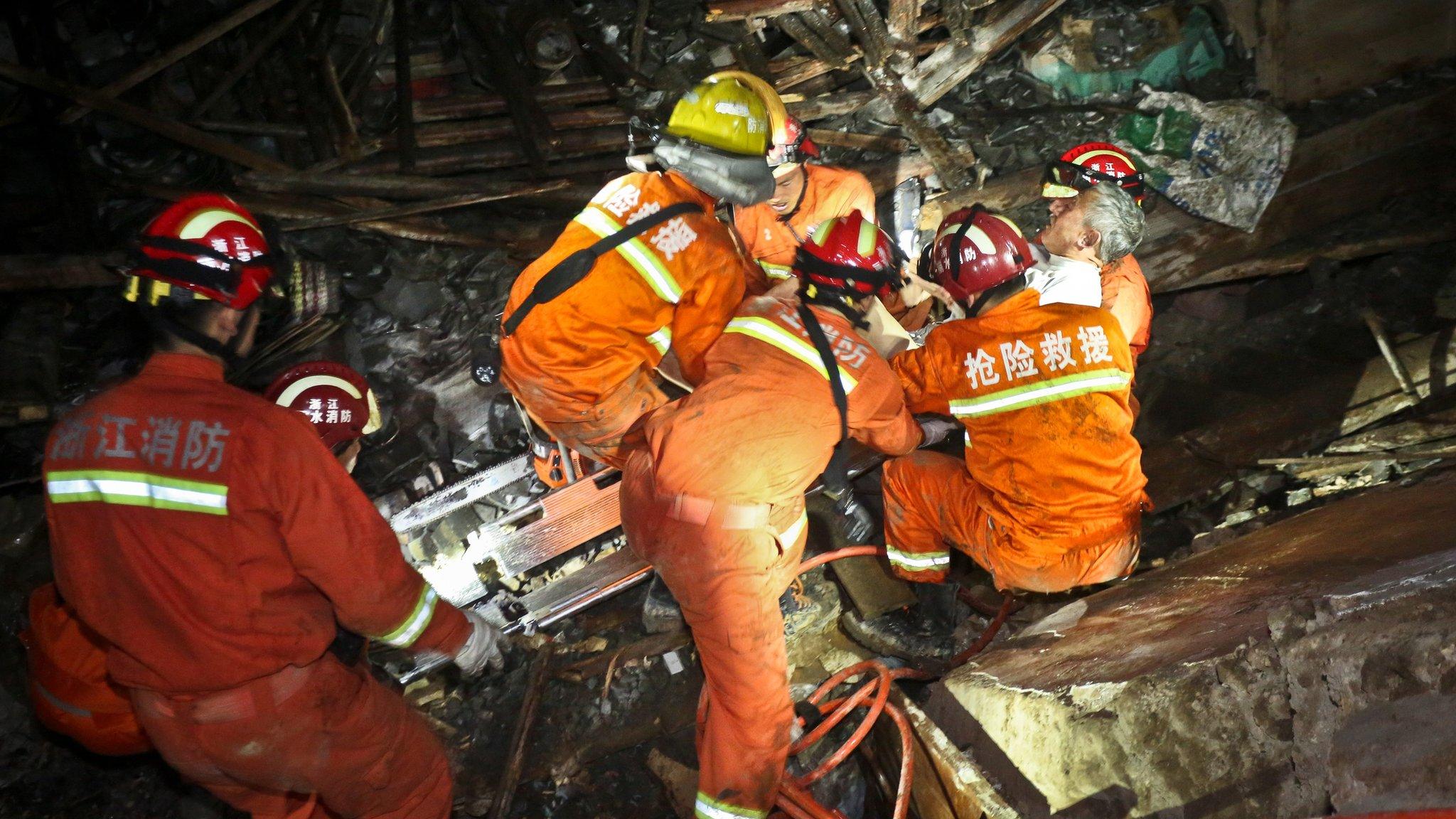China landslide: First body found amid signs of survivors
- Published
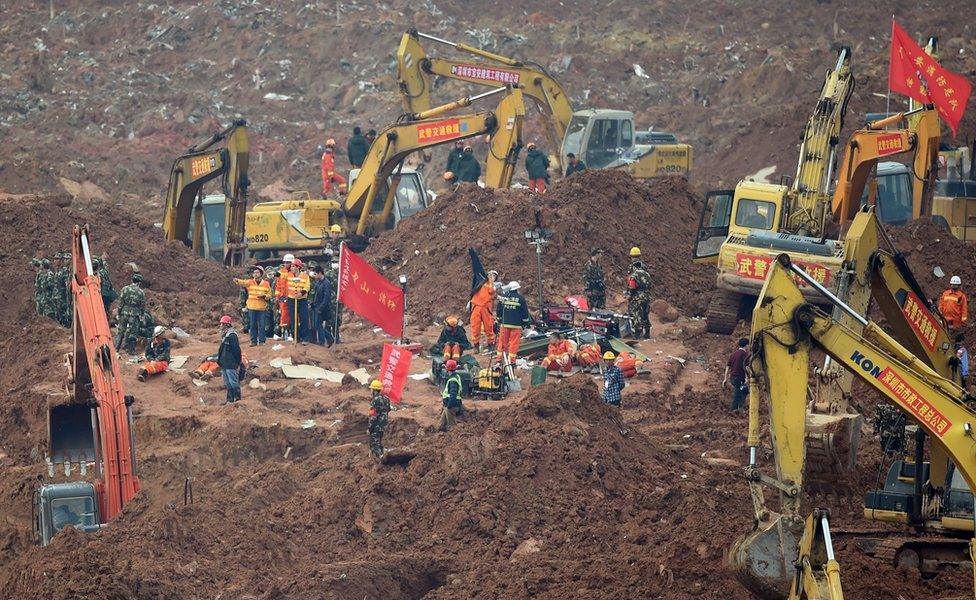
Authorities have opened six main dig sites and have said they detected signs of life
Rescuers have pulled out the first body from the Shenzhen landslide in China, as signs emerge that several survivors are trapped alive in the rubble.
Local media said the body was dug out early on Tuesday. The massive landslide engulfed 33 buildings in an industrial district on Sunday.
Seven people have been rescued while Chinese media report 76 missing, quoting local officials.
The landslide happened when a huge man-made mound of earth collapsed.
It was made up of earth and construction debris, piled up against a local hill, which became unstable after heavy rains.
Stephen Evans: "Buildings were left barely standing"
In a press conference on Tuesday afternoon, Shenzhen officials revised the number of missing down to 76 from 91, saying were able to contact and locate 15 people. Of the missing people, 51 are men and 25 are women.
They also confirmed there was one death - the first reported casualty from the disaster. The newspaper Jingbao quoted officials as saying that the body of a man was found around 05:40 local time (21:40 GMT Monday), but there were no further details on the person's identity.
Other local media outlets reported that rescuers had detected signs of life in various places, and have opened six main dig sites.
The state-run China National Radio (CNR) reported that authorities investigated a claim that a group of nine survivors were trapped alive in a dormitory whose facade was blocked by rubble.
However, they checked the building and found no signs of life, the report said.
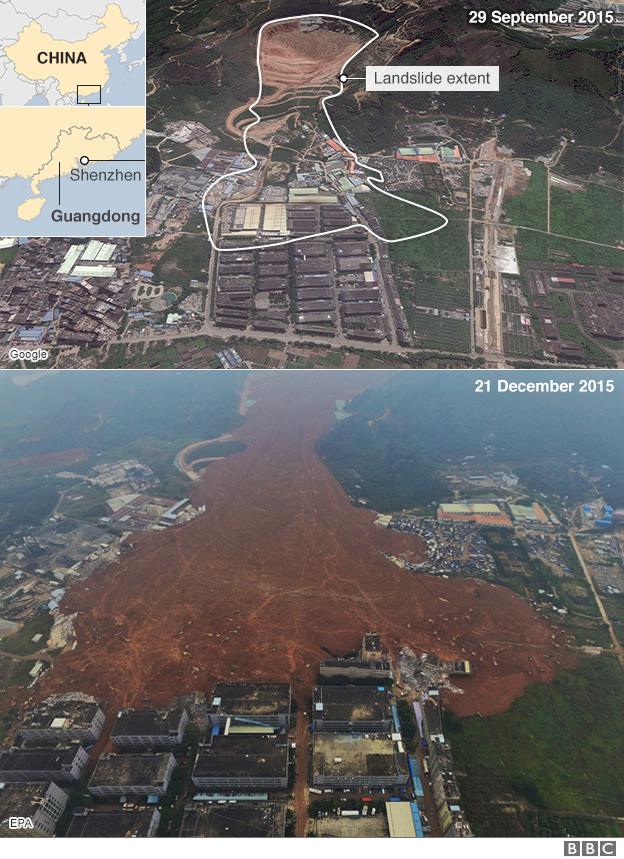
About 900 people were evacuated on Sunday as waves of soil and debris rolled across the district and sparked an explosion at a natural gas pipeline.
The landslide eventually blanketed a vast area of 380,000 sq m (455,000 sq yards) - the equivalent of about 50 football fields. Some areas were covered with up to 10m (32ft) of mud.
The Ministry of Land and Resources said a mountain of earth and construction waste had been piled up against the local hill during the past two years.
"The pile was too big, the pile was too steep, leading to instability and collapse,'' the ministry said.
Local resident Yi Jimin agreed the disaster was not an act of nature.
"Heavy rains and a collapse of a mountain are natural disasters, but this wasn't a natural disaster, this was man-made,'' he said.

Hundreds of diggers and rescue workers are still looking for survivors on Tuesday
Thousands of people, aided by diggers and dogs, have been involved in rescue efforts.
This is China's fourth major disaster in a year, beginning with a deadly stampede in Shanghai on New Year's Eve, and followed by a cruise ship capsize on the Yangtze River, and massive explosions at a chemicals warehouse in Tianjin that killed more than 170 people.
- Published22 December 2015

- Published29 January 2016
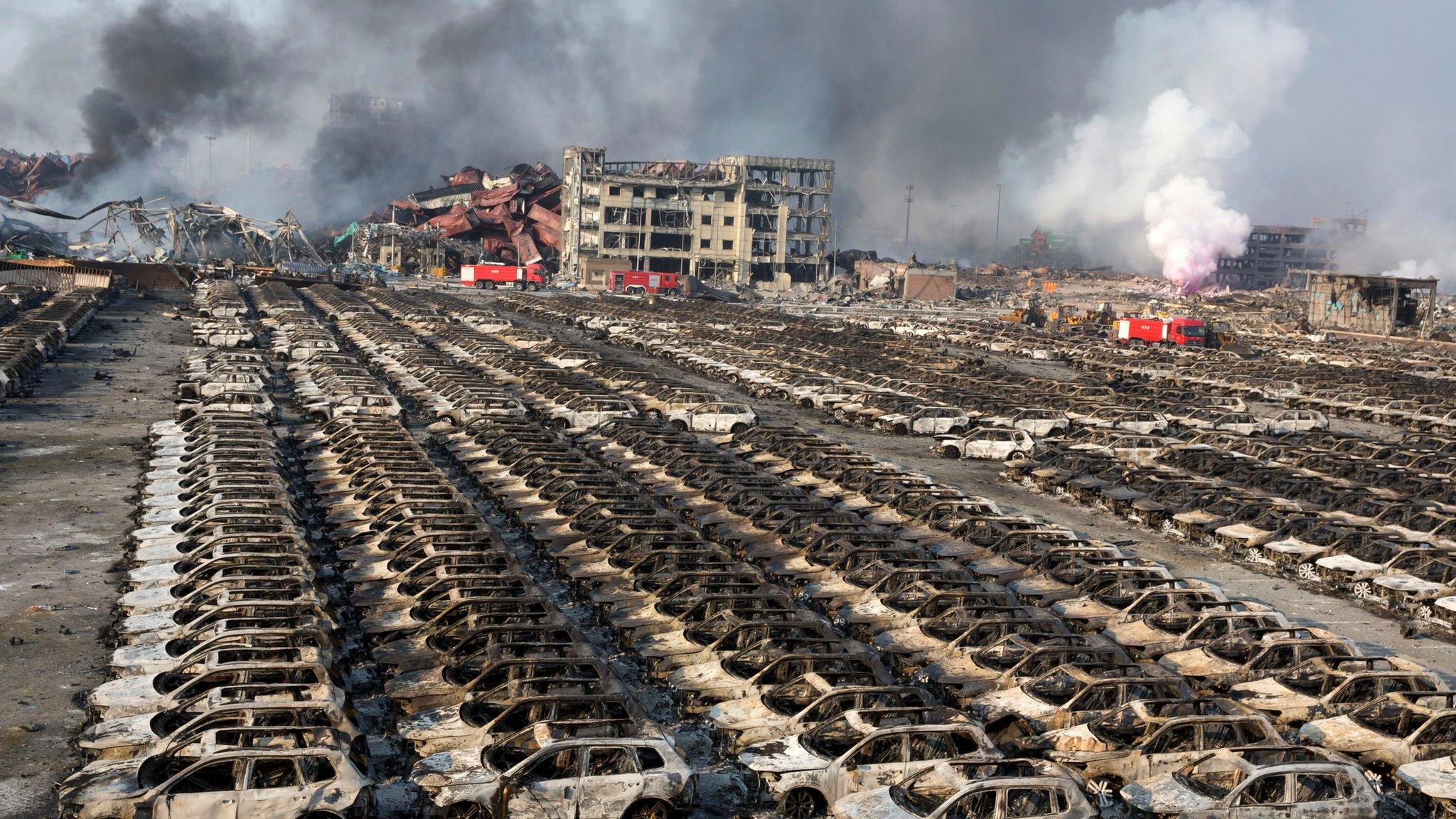
- Published20 December 2015
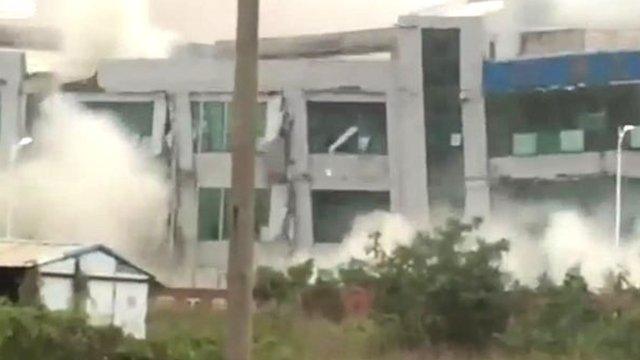
- Published16 November 2015
